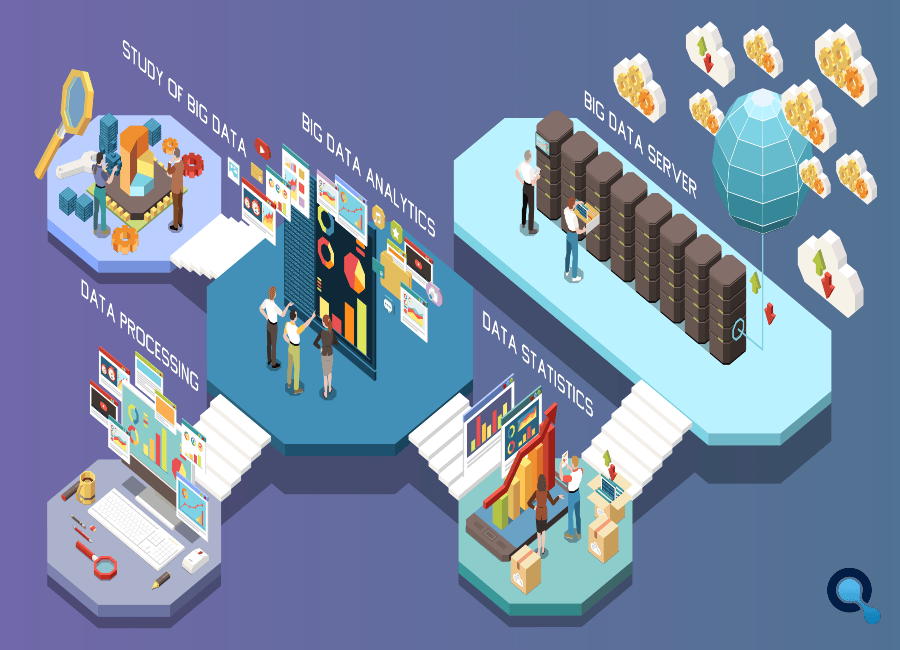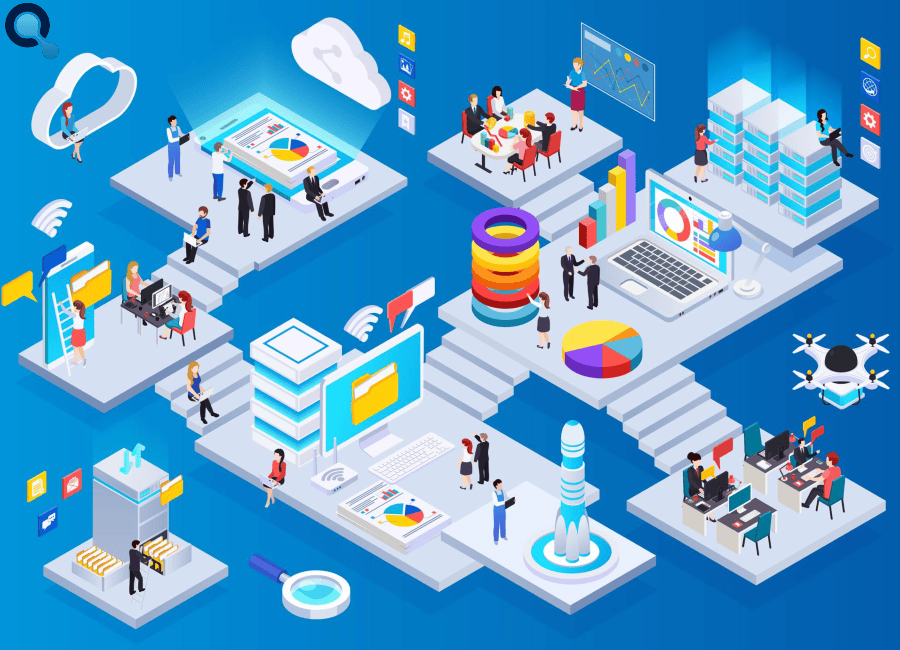Mastering Data Processing: Techniques and Tools for Effective Data Management
Data processing is the process of collecting, transforming, organizing, and analyzing data to extract useful information. It is really important to master data processing techniques and tools for effective data management. Usually conducted by a data scientist, it is important that the process be done correctly so that the result does not negatively affect the final product or data output.
There are many techniques and tools that can be used to master data processing and achieve effective data management described as follows.
Data Cleansing
Data cleansing is the process of identifying and correcting/removing incorrect, corrupted, improperly formatted, duplicate, or incomplete data within a dataset. This process can be done using tools such as:
- OpenRefine is an open source free to use and customize which allows for easy filtering, parsing, and transformation of data.
- Jupyter Notebook allows you to run scripts and make use of Python resources and libraries. For example, Pandas is a popular library for data manipulation and cleaning in Python that can be easily integrated into Jupyter Notebooks.
The data cleaning tools you choose to use will depend on the kind of data you want to analyze and your downstream processes and goals.
Data Integration
Data integration consists of combining data from multiple sources into a single, unified view. Its main objective is to generate valuable and usable information to help solve problems and gain new insights. This process can be done using tools such as:
- Talend, which allows for easy extraction, transformation, and loading of data from multiple sources.
- Apache NiFi is a data integration and processing tool that can help you clean, transform, and enrich your data. It provides a visual interface for data flow design to efficiently manage the movement of data between any source and any destination and also supports different data formats.
Data integration initiatives are often used to create data warehouses, which combine multiple data sources into a relational database.
Data Warehousing
A data warehouse is a type of data management system designed to collect data and information from operational and external sources that can be analyzed to make more informed decisions. It allows users to run queries, compile reports, generate analyses, and retrieve data in a consistent format. This can be done using tools such as:
- Amazon Redshift is an amazing fully managed Amazon data warehousing solution that can store data from a few gigabytes to a petabyte or more, depending on your business needs.
- Google BigQuery is a cloud-based company data warehouse that offers fast SQL queries and massive data analysis interactively.
The above tools provide fast and scalable data warehousing solutions. When the data is clear and stored, we can now start the analyses.
Data Analytics
Data analytics involves the detection, interpretation, and extraction of relevant information in data. It also implies the use of data patterns for effective decision-making. A set of data can be analyzed using tools such as:
- Tableau or Power BI is a powerful analytical tool that provides easy-to-use data visualization and analysis capabilities. It connects all data and creates persuasive reports and interactive dashboards that update in real-time.
- Python/R are free and open-source programming languages for exploratory data analysis. They are straightforward to learn and to write.
After analyzing the data, we can use some machine learning algorithms to build models and make decisions.
Machine Learning
Machine learning is a sub-branch of artificial intelligence that involves the use of algorithms to automate the analysis of data, build the model, and make predictions or decisions. This process can be done using tools such as:
- Python's sci-kit-learn is one of the top open-source frameworks ideal for getting started with machine learning.
- TensorFlow is a popular open-source framework for building and training machine learning models. It supports a range of solutions, including automatic language processing, computer vision, predictive machine learning solutions, and reinforcement learning.
Data can also be managed via the Internet using remote services (cloud) .

Cloud Computing
Cloud computing involves delivering hosted services over the internet to store, process, and analyze data. Cloud computing allows users to access these computing services from anywhere with an internet connection, without having to own and manage their physical computing infrastructure.
There are many tools available for cloud computing such as:
- Amazon Web Services (AWS) or Microsoft Azure, which provide flexible and scalable computing resources, and offer a wide range of cloud computing services, including computing, storage, databases, and more.
- Kubernetes is an open-source container orchestration platform that is used to deploy, manage, and scale containerized applications in the cloud.
The cloud computing examples that we use every single day are Emails, calendars, Skype, and WhatsApp.

In conclusion, mastering data processing techniques and tools is essential for effective data management. By using data cleansing, integration, warehousing, analytics, machine learning, and cloud computing, data professionals can transform raw data into valuable insights and make data-driven decisions that drive business success. With the right tools and techniques in place, data processing can become a powerful asset for any organization.
